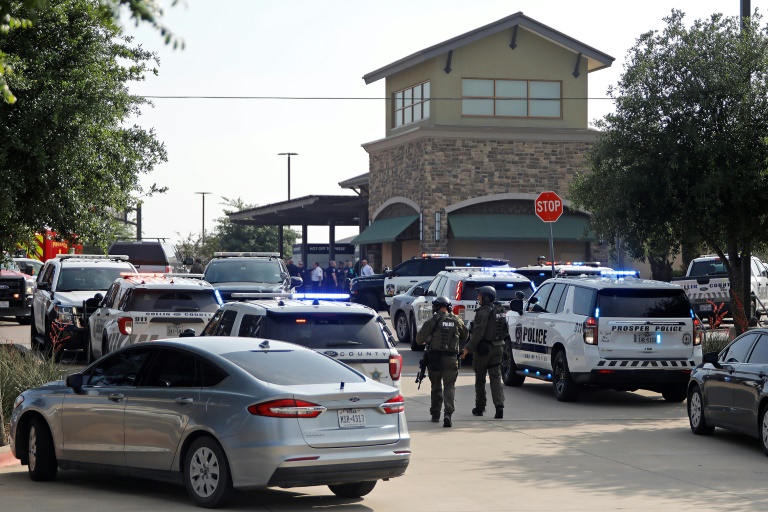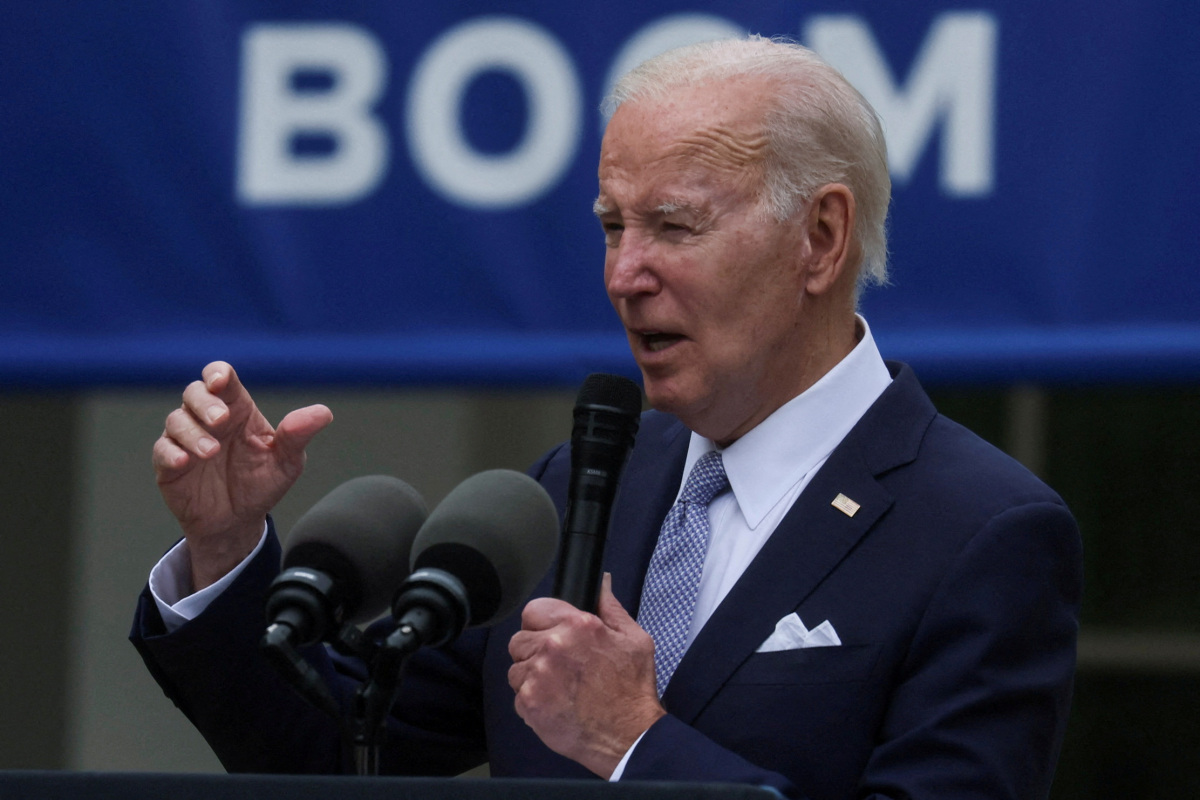AFP
The man accused of killing eight people at a Texas shopping mall recently obtained large Nazi tattoos, praised other mass shooters and wrote just ahead of his attack that he would “fight hate with more hate.”
Mauricio Garcia, the 33-year-old who police say opened fire with an assault rifle on shoppers at the Allen Premium Outlets mall on Saturday, posted his diaries, photographs of his tattoos, and cryptic warnings of his coming attack on the Russian social media site OK.RU.
His diaries expressed hate for women, Jews, and “diversity,” rarely commenting on his own Hispanic ethnicity.
He also posted pictures of his guns, body armor, and patches of skulls and the initials for “Right Wing Death Squad” popular with far-right militias.
But there was no indication that Garcia was a part of any group or had the support of anyone else in his Saturday attack.
Garcia was shot dead by a police officer shortly after launching his attack on the busy mall in the suburb north of Dallas, authorities said.
His victims included three members of a Korean-American family, two sisters of elementary school age, an Indian-American engineer, a security guard at the mall and a 32-year-old man.
MSNBC reported that US law enforcement were examining Garcia’s web pages on OK.RU as part of their investigation into the killing.
There were strong indications that the page labelled “PsycoVision5,” using a logo of a smiley face with a Hitler-style moustache, was Garcia’s.
It included extensive personal pictures, photos of his identity papers, a traffic ticket, and other personal items that closely tied him to the page.
Garcia posted photos of tattoos he obtained last month, including a large swastika on his chest and the logo of the Nazi Party’s Waffen SS paramilitary body.
He also posted images of modern neo-Nazi groups, which he apparently took from the internet, writing next to them “My kind of people.”
There was no indication he belonged to such a group, however.
In his writings he identified himself with “incels,” men whose relationship failures lead them to despise women.
His Hispanic ethnicity sparked questions about how he could support the white supremacy ideology of Nazis.
But Cynthia Miller-Idriss, a professor at American University who studies extremism, said it was not strange for a person who is not considered white in some communities to subscribe to white supremacist extremism (WSE).
“The very category of whiteness is always changing. & neo-Nazi, WSE movements are not only about race,” she wrote on Twitter.
Some ethnic minorities may identify or see themselves as white, she wrote.
“Some are attracted to other parts of the supremacist beliefs — the misogyny, the Christian supremacy,” she said.






![‘Jamtara Global’: Indian WhatsApp users flooded with spam calls; users irked [reactions]](https://data1.ibtimes.co.in/en/full/755330/threema-vs-whatsapp.png)
